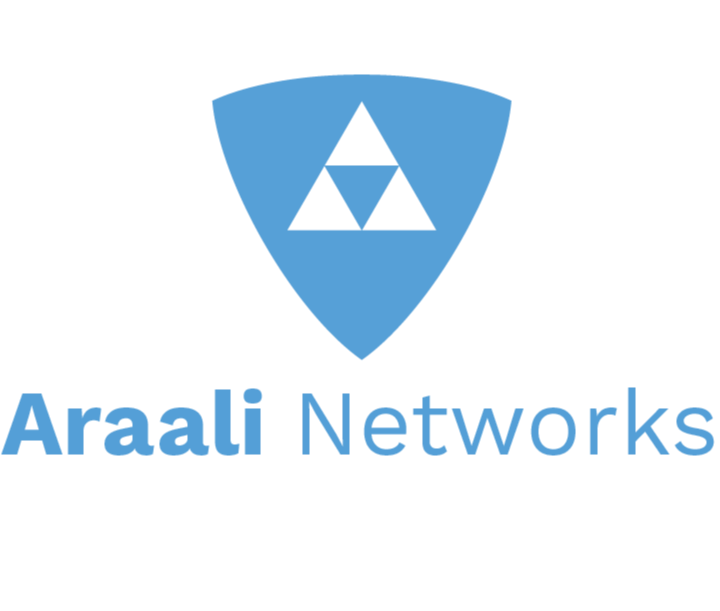112 reads
Resilient Patching for Unified Risk Management
by
January 28th, 2022
Audio Presented by

araalinetworks.com - Resilient Patching for modern cloud-native apps.
About Author
araalinetworks.com - Resilient Patching for modern cloud-native apps.